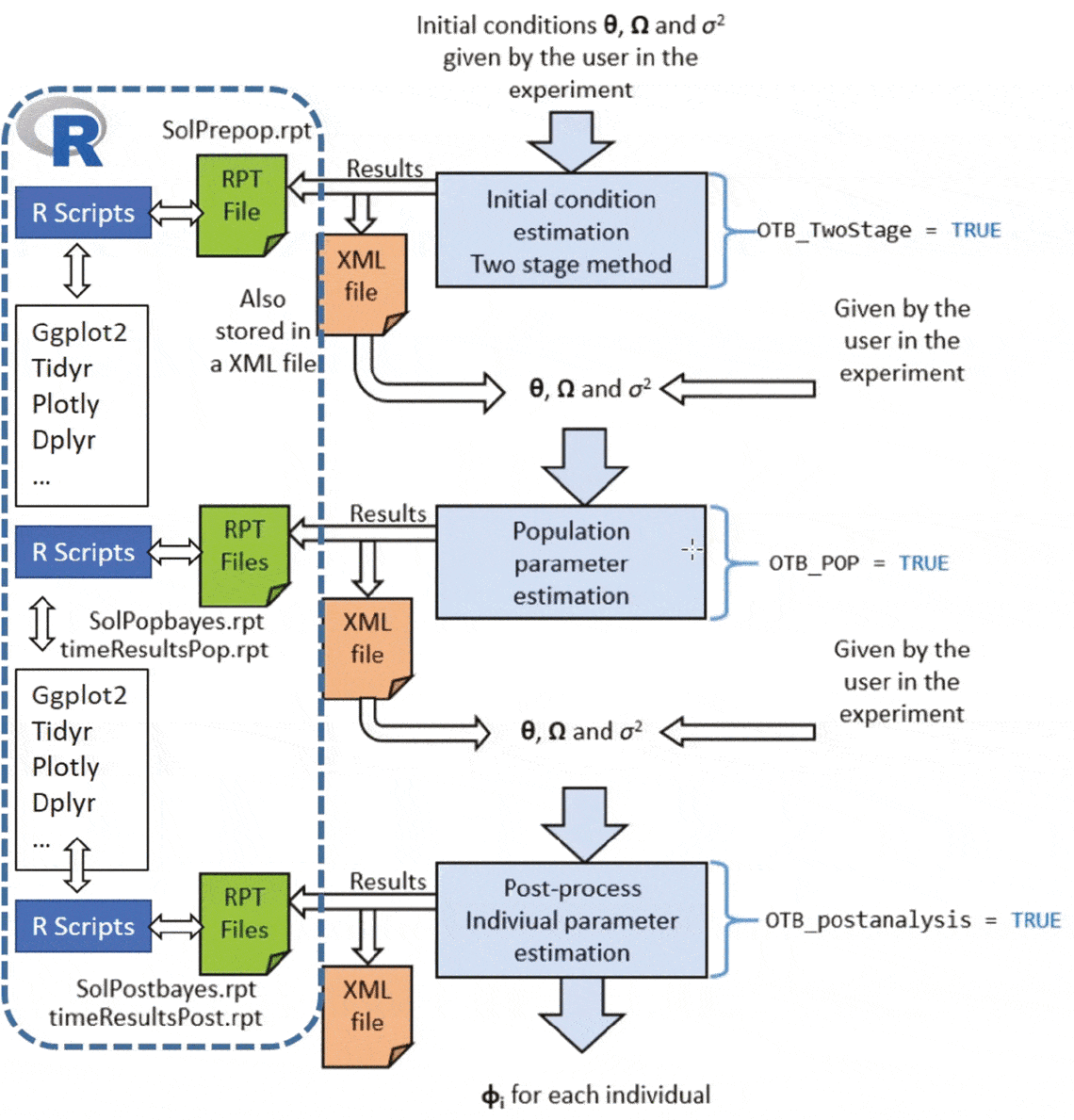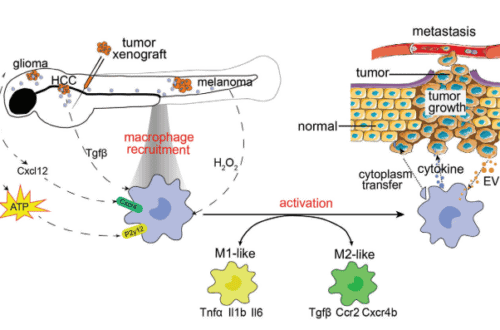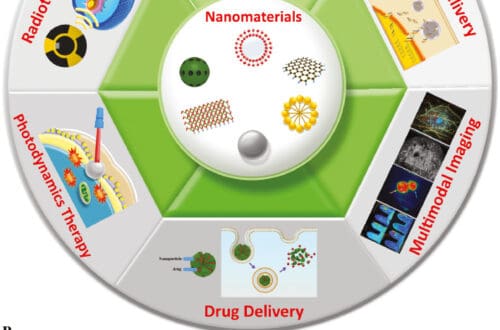
BIO Integration, Volume 4, Issue Number 3, Publishes
Guangzhou, November 7, 2023: BIO Integration (BIOI) publishes volume 4, issue 3. BIOI is a peer-reviewed, open access, international journal, which is dedicated to spreading multidisciplinary views driving the advancement of modern medicine. Aimed at bridging the gap between the laboratory, clinic, and biotechnology industries, it offers a cross-disciplinary platform devoted to communicating advances in the biomedical research field and offering insights into different areas of life science, to encourage cooperation and exchange among scientists, clinical researchers, and health care providers.
The issue contains one review article and four research articles offering insights into different areas of life science in both China and internationally:
Research Articles
The first original article is entitled Prognostic Value of Tumor-microenvironment-associated Genes in Ovarian Cancer. Ovarian cancer (OV) is the fifth leading cause of cancer death among women. Growing evidence supports a key role of the tumor microenvironment in the growth, progression, and metastasis of OV. However, the prognostic effects of gene expression signatures associated with the OV microenvironment have not been well established. This study was aimed at applying the Estimation of STromal and Immune cells in MAlignant Tumor tissues using Expression data (ESTIMATE) algorithm to identify tumor-microenvironment-associated genes that predict outcomes in patients with OV.
The second article is entitled Embedding R inside the PhysPK Bio-simulation Software for Pharmacokinetics Population Analysis. PhysPK stands as a flexible and robust bio-simulation and modeling software designed for analysis of population pharmacokinetics (PK) and pharmacodynamics (PD) systems. PhysPK equips users with standard diagnostic plots for pre- and post-analysis to delineate PK and PD within population-based frameworks. Furthermore, PhysPK facilitates the establishment of mathematical models that elucidate the intricate interplay between exposure, safety, and efficacy.
The third article is entitled Targeted Imaging of Tumor Associated Macrophages in Breast Cancer. Breast cancer is a highly heterogeneous disease lacking prognostic markers. Tumor-associated macrophages (TAMs) in the tumor microenvironment are associated with distant metastasis as well as poorer outcomes in breast cancer. Therefore, monitoring TAMs may guide prognostic assessment. This study explores an imaging modality based on a two-step click chemistry procedure for detecting TAMs in breast cancer.
The final research article is entitled Deep Learning Based Two-Dimensional Ultrasound for Follicle Monitoring in Infertility Patients. A two-dimensional (2D) ultrasound examination is the primary technique for follicle monitoring, but 2D ultrasound follicle monitoring has significant inter- and intra-observer variability in the measurement of follicle diameter. The aim of this study was to propose a novel deep learning-based automated model for accurate 2D ultrasound follicle monitoring and validate the reliability and repeatability in clinical practice.
Review Article
The review article is Anti-diabetic Research on Two Important Spices: Trachyspermum ammi and Pimpinella anisum. Among the spices, Trachyspermum ammi and Pimpinella anisum are plants in the Umbelliferae family, and their fruits are used traditionally as carminatives, aromatics, disinfectants, and galactogogues. In this comprehensive review the published scientific articles related to antidiabetic properties of both seeds are discussed.
And finally, the issue also contains Interview Voice Series: Interview with Professor Dr. Kun Qian from the Beijing Institute of Technology: Voice Series: Interview with Professor Dr. Kun Qian, School of Medical Technology, Beijing Institute of Technology, China.




